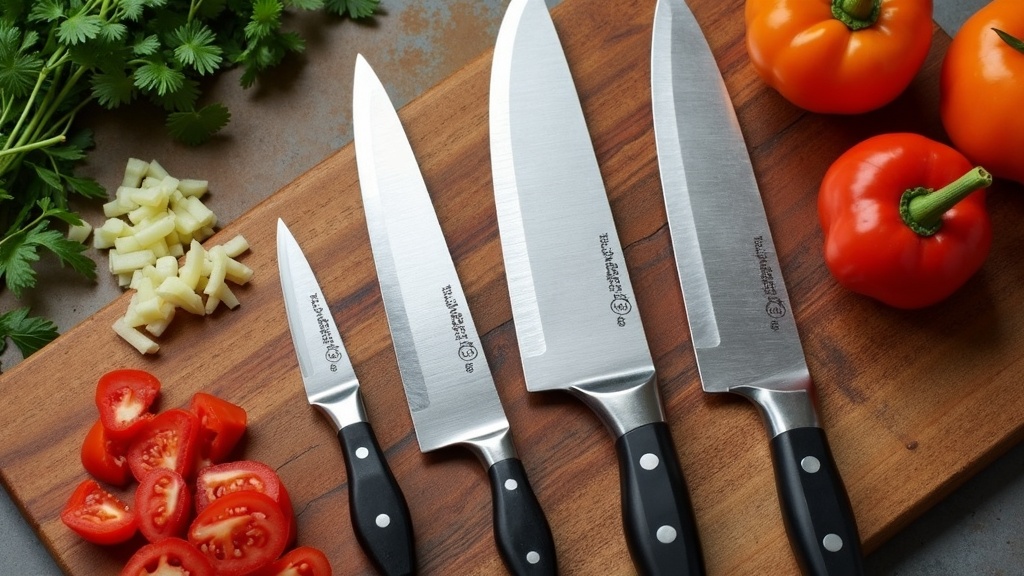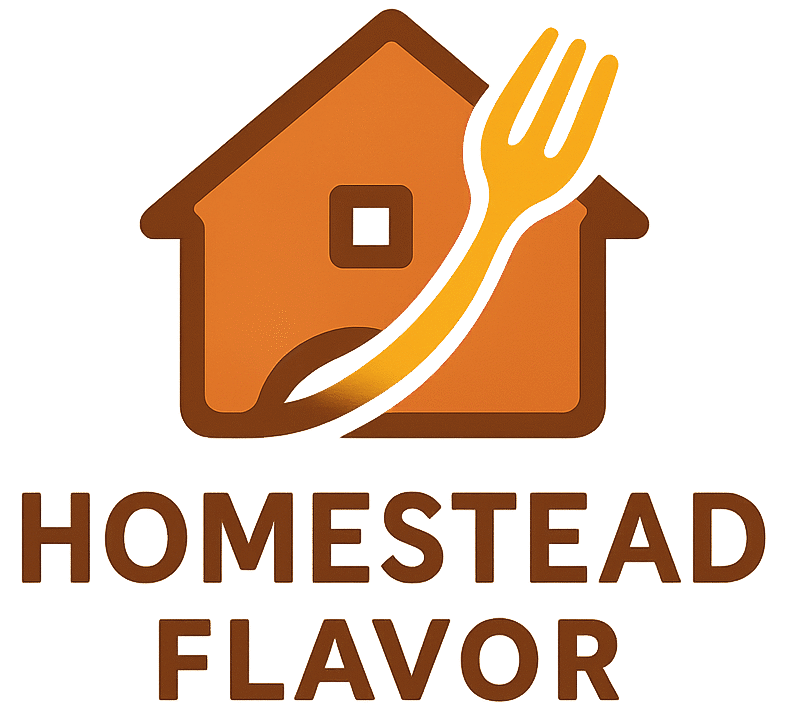Choosing a chef’s knife isn’t just about looking cool while you slice and dice. It’s all about whether it feels right in your hand and gets the job done with ease. I’ve spent loads of time in different kitchens, from home setups to restaurant environments, and one thing stays the same: the right chef’s knife can take your cooking up a notch and make prepping way less of a chore. Here’s how I figure out which one to trust with my tomatoes (and my fingers).

Why Having the Right Chef’s Knife Actually Matters
A solid chef’s knife isn’t just a kitchen upgrade; it’s a game changer. I get it, picking up a $20 knife from the store shelf feels easy enough, but using a knife that truly fits your hand and lets you tackle everything from onions to pineapples without breaking a sweat is worth every bit of effort. When I switched to a knife that fit me right, I instantly noticed less hand fatigue and way more joy in cooking.
A sharp, comfy knife keeps your prep safer and much faster. Dull or awkward knives can slip or force you to use more pressure, and that’s bad news for your fingers. Plus, a chef’s knife that suits you reduces the grunt work—it cuts, slices, minces, and even smashes garlic with ease.
Over time, having the right knife can even change how you cook. Prepping large meals or digging into new recipes feels more approachable when you know your knife is on your side. And, if you ever make meals for friends and family, trust me—they’ll notice the speedy, smooth cuts and the extra confidence in your rhythm.
Finding the Best Size for Your Chef’s Knife
Size really does matter when it comes to chef’s knives, but bigger isn’t always better. Most home cooks (like me) find that an 8-inch blade works for almost everything—long enough for big veggies, short enough for good control. If your hands are small or if the 8-inch length feels too clunky, there’s nothing wrong with grabbing a 6-inch knife. The goal is to have something you can maneuver easily without feeling like you’re battling your food.
A quick trick that I use is to lay the knife along your forearm. If the blade lines up roughly from your wrist to your elbow, you’re looking at a pretty decent fit. If you’re on the fence, round down. Wrestling a knife that’s too big can turn meal prep into an arm workout you never wanted.
Also, blade width can impact comfort and stability. If you do a lot of chopping or rock motions, a slightly broader blade can add control and safety. On the other hand, if you have limited counter space, a slim blade might be the way to go. It’s about matching your style and space needs.
The Handle: Where Comfort Meets Control
Never ignore the handle—this is where your knife either becomes a joy or a headache. I treat handles the same way I treat shoes: if they’re not comfortable the second I try them, I put them back. If the handle feels bulky, blocky, or like it wants to slip out of my hand, I move on to the next one. Comfort is non-negotiable.
Most chef’s knives come with handles made from wood, plastic, or composite materials. I look for a shape that fits my grip naturally (no pinching or strain). Balance is another big thing. When I hold the knife where the blade meets the handle, it shouldn’t tip awkwardly in either direction. A balanced knife feels lighter and gives me better control, which is super important for detailed chopping or long prep sessions.
Texture also matters. Smooth handles can get slippery if your hands are wet or oily, while slightly textured handles add confidence. Some prefer all-wood for natural grip, but composite handles are more durable if you use your knife every day.
Blade Materials and Their Vibe
Blade material makes a big difference in how your knife acts and what kind of care it needs:
- Stainless Steel: Pretty much plug and play. It resists rust, stays looking good, and is easy to maintain if you’re not into babying your kitchen tools.
- Carbon Steel: This stuff gets sharper and is usually easier to keep sharp, but you gotta stay on top of drying it after every wash. It can rust if you blink at it wrong. I love how it cuts, but I know it can be a bit high maintenance.
- Forged vs. Stamped: Forged knives are hammered and shaped from a single piece of steel. They feel solid, usually stay sharp longer, and tend to last years. Stamped knives are cut out from a sheet and are lighter, but they don’t always hold up to the same level of abuse (something I’ve learned after a few snapped blades).
Ceramic blades are another option: they’re ultra light and hold an edge for ages, but they can chip easily if dropped. I usually stick to metal for my main chef’s knife and save ceramic for occasional slicing jobs.
Design Details That Actually Make a Difference

Blade thickness and shape make a real impact on how the knife glides. Thin blades slice through tomatoes or onions like a dream, while thick blades are better for heavier tasks like chopping through squash. Here are some other features I look for:
- Hollow Ground Edges: If you see dimples or scallops along the blade, those are there so food slides off instead of sticking. Super handy for potatoes or sticky ingredients.
- Full Tang: This means the blade runs all the way through the handle. It adds weight and strength, giving the knife a sturdier feel and less chance of breaking.
The tip shape doesn’t always get much attention, but it can really affect how well you can do fine work. A rounded tip is good for rock chopping, while a pointed tip is better for delicate slicing. Personally, I like something in the middle because I tend to do a bit of both.
The bolster (the thick piece between blade and handle) can also change your grip. A full bolster provides finger protection but can add bulk; a partial bolster means you can sharpen the entire edge and get a lighter feel. Go with what fits your pinch grip best.
How to Test and Buy the Right Chef’s Knife
Trying the knife before you buy is super important. Just like with shoes, what looks great on paper—or on your screen—might not suit you at all when you actually grip it. When I’m at the store, I always ask to hold a few knives. I try gripping them as if I’m cutting something and do a few “air chops” to see how they balance and feel in my palm.
If you’re buying online, make sure the store has a solid return policy. I’ve bought knives that sounded like a dream, but felt totally wrong once I had them in hand, and it was a relief to be able to send them back.
Don’t be afraid to check in with store staff or read plenty of reviews before making your pick. Getting advice can help you spot issues before you drop cash on a knife you’ll never use. Also, sometimes brands offer trial periods, which mean you can actually cook at home before committing.
What to Watch Out For and Common Pitfalls
It’s easy to get swept up by hype and fancy designs when shopping for a chef’s knife, but here are some things I keep in mind to avoid regret later:
- Weight: If it feels heavy now, your wrist will not thank you after 20 minutes of chopping.
- Too many gimmicks: Knives with built-in gadgets, weirdly shaped handles, or flashy blade coatings often end up collecting dust.
- Poor quality steel: If the price seems too good to be true, the blade can chip, bend, or dull in no time.
Also, if a knife looks great but feels off in your hand, trust your gut. I’ve kept knives that looked impressive but never really used them because they just didn’t fit my grip.
Be wary of ultra lightweight knives labeled as “multi-functional.” In my experience, the jack-of-all-trades models rarely excel at the real chef’s knife tasks. Always prioritize grip and blade quality, not just what’s written on the box.
Your Chef’s Knife Checklist
Here’s my usual breakdown when picking out a new chef’s knife:
- Blade Length: 8-inch is flexible for most cooks. Consider 6-inch for smaller hands.
- Handle Comfort: Feels good in your grip—no pinching, no slipping.
- Balance: Weight centered between blade and handle.
- Material: Stainless steel for low maintenance, carbon steel for pro-level sharpness.
- Construction: Forged blade, full tang, and solid craftsmanship.
- Return Policy: Especially when ordering online. You want the option to swap if it’s not a match.
I keep this checklist handy and it’s saved me from buyer’s remorse more than once.
Extra Tips to Get the Most Out of Your Chef’s Knife
Once you’ve picked your new knife, keeping it sharp is really important; nothing is more frustrating than a dull blade. I use a honing rod for a quick tune-up every week and a whetstone for serious sharpening every couple of months. And (I know this is basic, but so many folks miss it) always hand wash and dry your knife right away. A good chef’s knife puts in a ton of work, so treating it right keeps it by your side for years.
Storing it properly matters too. I’ve chipped way too many blades by tossing them in a drawer. Knife blocks, magnetic strips, or blade guards are my go-to ways for keeping the edge intact and safe.
If you share your kitchen with others, set ground rules—no prying jars, opening boxes, or throwing your chef’s knife in the dishwasher. A little extra care keeps you from buying replacements every year.
Common Chef’s Knife Questions
Here are some questions I get all the time from anyone shopping for their first chef’s knife:
Question: How much should I spend on my first chef’s knife?
Answer: You can get a really good chef’s knife for $50–$100. Above that, you’re usually paying for brand, aesthetics, or custom features. Under $30 and you’re likely looking at low grade steel or poor construction.
Question: Should my first chef’s knife be Japanese or Western style?
Answer: Both work. Japanese knives are usually lighter, sharper, and have harder steel (but can be brittle). Western knives are a bit chunkier and more forgiving if you’re rough on your tools. If you’re not sure, start with Western for versatility.
Question: What’s the difference between honing and sharpening?
Answer: Honing realigns the edge and should be done often—think of it as routine upkeep. Sharpening grinds a new edge and is best every few months, depending on how much you cook.
Bottom Line: Trust Your Instincts and Enjoy Cooking
Your chef’s knife should feel like an extension of your arm, not a new gym membership. Comfort, control, and a bit of style go a long way. Knives look cool, but how they handle in your hand is what really matters during meal prep. Try a few, trust your grip, and enjoy the upgrade. Your cooking (and your fingers) will thank you.
